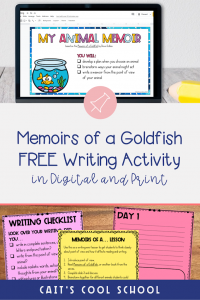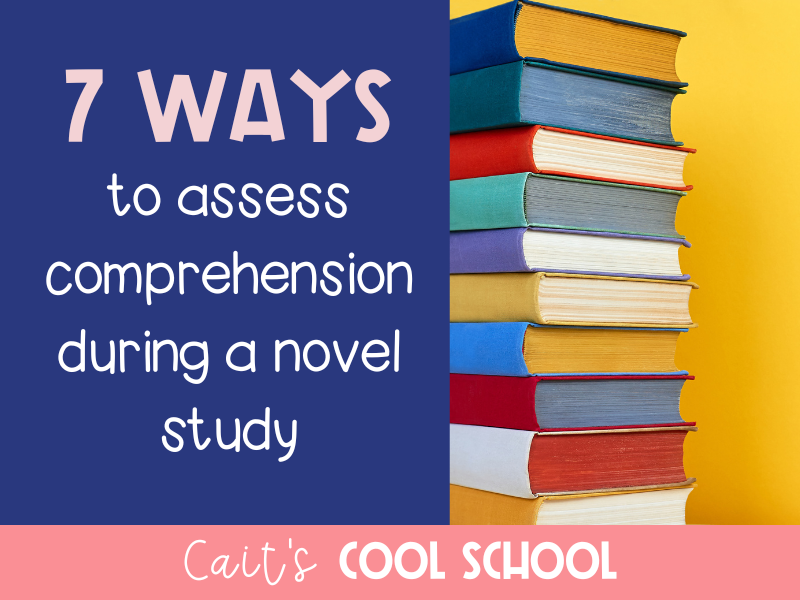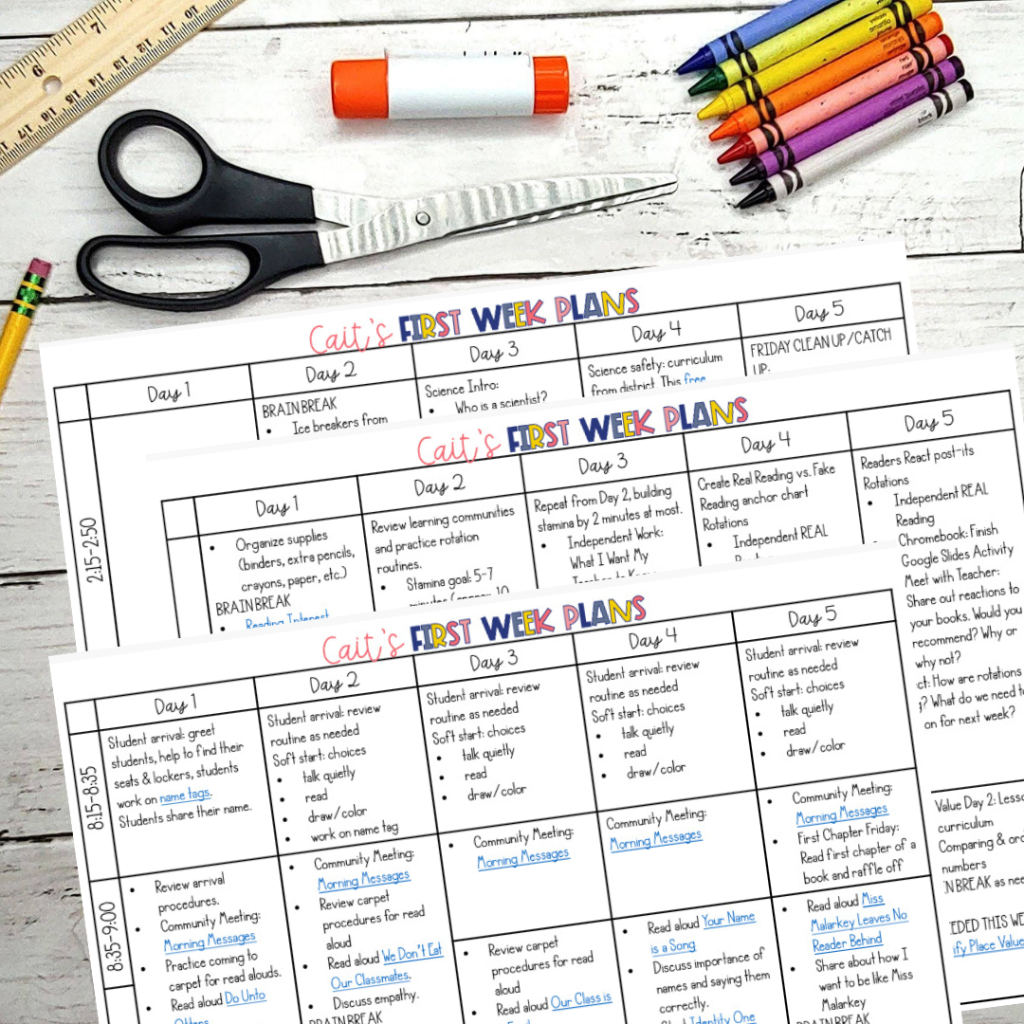 |
| This post may contain some affiliate links, which means if you click on one of the links and make a purchase, I’ll receive a small commission. You will never incur a fee or charge for this. |
Point of view can be a tricky topic to teach for reading and writing. One of the quarterly assessments in my county involves my fourth graders not only interpreting point of view, but also retelling a story from another character’s POV. 😬 I may have cried a few tears the first time I saw that was part of our requirements.
Over the years, I’ve used a few different activities to help my students understand the concept of POV. Here are some of my tried-and-true favorites, including a free resource!
1. Pictures: I found this idea on Teaching from a Mountain View’s blog and I loved it. The first time I taught this lesson, it was a parent visitation day. I’m not sure if it was just a miracle that day or not, but my fifth grade class ROCKED this activity. I chose a picture of my son and his friend swinging at the park to present for our model. (Note: I didn’t tell them who this was at first!) First, we listed the possible point of views for the photo: the boy, the girl, the people in the background, and the photographer. Then, I modeled (with their help), writing from each perspective in first person, second person, and third person (omniscient & limited). Afterwards, students worked in groups on their own pictures to identify the perspectives and then write short narratives from each one. When I use this activity with fourth graders, I usually just stick to first person and third person.
2. Dear Mrs. LaRue: Letters From Obedience School (LaRue Books): Ike LaRue is HILARIOUS and Mark Teague is a genius. I mentioned using Ike in my mystery unit before because kids love him. Teague does an amazing job showing multiple POV through the illustrations and Ike’s writing. It’s a great transition from the pictures to examining text. We read the text, examine the pictures, and then I have my students complete an organizer to compare/contrast what’s happening in both. (The organizer is from this unit.) We discuss how both point of views are necessary to make this story make sense and to show how dramatic, creative, mischievous, and funny Ike is.
3. Animal Memoirs: This book series is phenomenal and hilarious. With some of my students virtual this year, I was ecstatic to find it on Epic. We’re reading Memoirs of a Goldfish and Memoirs of a Hamster together. I’m hoping my classes will be inspired to read the others available too! We analyze how the author shows the animal’s POV through the actions, thoughts, and words of the animals. For Memoirs of a Hamster, we also compare Sheldon and Pearl’s perspectives on Sheldon’s life in his cage. My goal is to have my students choose an animal of their own to write a Memoir of a… story that they can share. I can’t wait to see the animals they pick and how they tell the story. Grab this activity for FREE here!
Are these magic activities? Not quite. But they’re fun and memorable. They truly help your students to remember different points of view.
As a bonus tip: When you make an anchor chart about point of view (whatever grade you do this with), use the books you’ve read as examples. It helps students to understand the differences, especially between third person omniscient and third person limited. Here are some of the books I’ve used as examples.
First Person:
Bud, not Buddy
Insignificant Events in the Life of a Cactus
The One and Only Ivan
Second Person:
Love that Dog *this could be first person, but to me, it seems like he’s talking to his teacher and he writes in a letter format sometimes. 🤷🏼♀️ For more about this book, click here.
Third Person Omniscient:
The Lion, the Witch, and the Wardrobe
The Wild Robot
Third Person Limited:
Harry Potter
Among the Hidden
Lemonade War
City of Ember
Hey, don’t forget to snag your Memoirs of a… reading/writing freebie before you go! It’s print & digital, so it’s easy to use.









 The first FIVE days of lesson plans for the beginning of the year.
The first FIVE days of lesson plans for the beginning of the year.